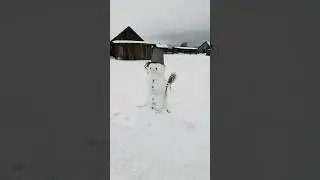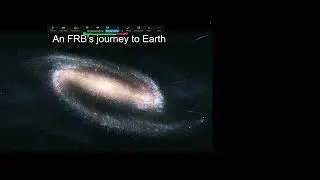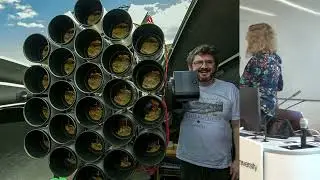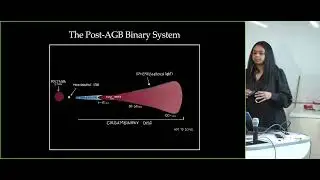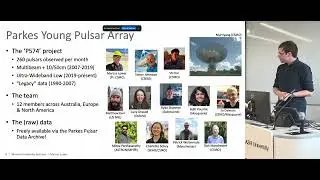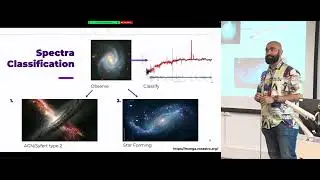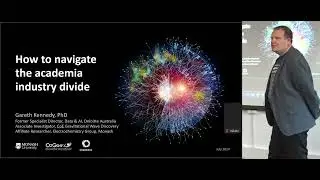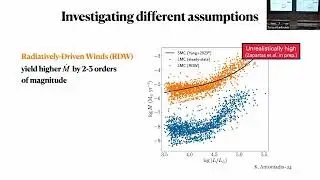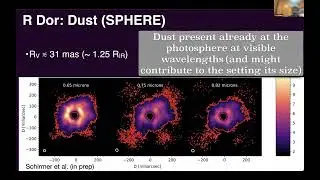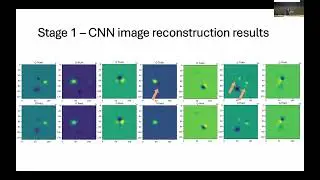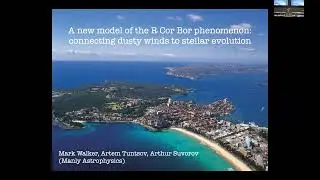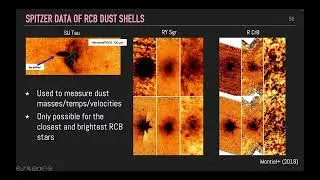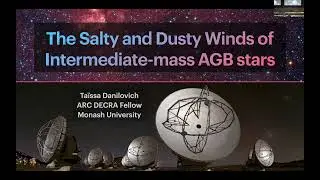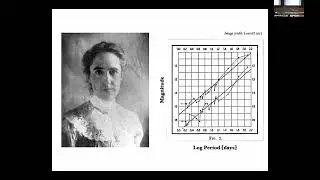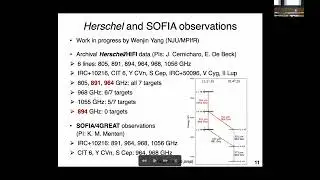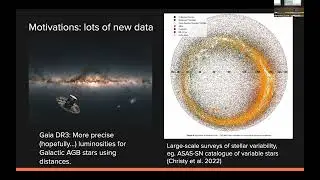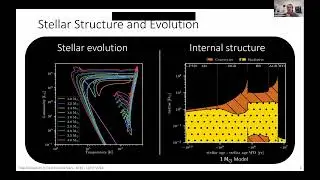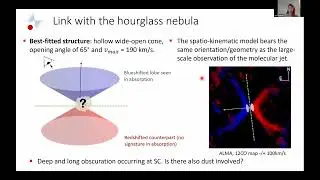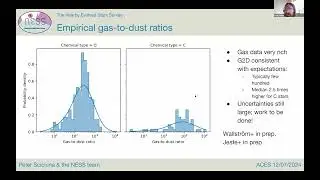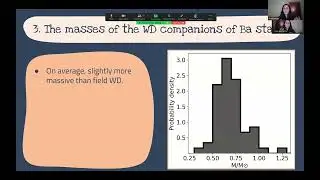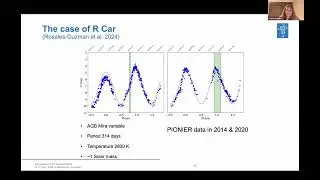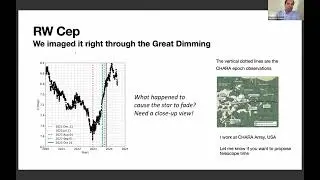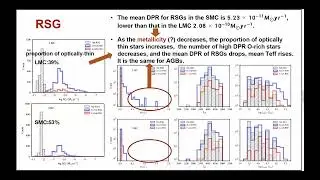Capturing earliest radio signals from gamma-ray bursts & gravitational wave events INCOMPLETE VIDEO!
Capturing the earliest radio signals from gamma-ray bursts and gravitational wave events - Gemma Anderson (Curtain)
The Universe is an extremely dynamic place, with explosive transients resulting from the death of massive stars as supernovae and gamma-ray bursts (GRBs), to the accretion onto, or merger of the resulting remnants. While most transients are discovered at optical, X-ray and gamma-ray wavelengths, the detection of associated radio emission allows us to track the relativistic ejecta that is shocking the surrounding medium and probe the central engines driving the explosions. My research explores the potential link between GRBs, gravitational wave (GW) events and fast radio bursts (FRBs). However, it is only through rapid radio follow-up within seconds to minutes post-burst that we can explore this link. The Murchison Widefield Array (MWA) and the Australia Telescope Compact Array (ATCA) are now capable of automatically responding to transient alerts through the use of rapid-response observing systems that begin observing GRBs on rapid (seconds to hours) timescales. The MWA response time of less than 10s can probe for prompt FRB-like signals predicted to be produced by GRBs. We seek to ascertain whether merging neutron stars (short GRBs and gravitational wave events) or massive stellar collapse (long GRBs) could produce supramassive neutron star remnants, and be progenitors to some FRBs. I will present the unique observing strategy we are employing with the MWA during the O4 LIGO-Virgo-KAGRA observing run to search for these FRB-likes signals. I will also explain how MWA triggered follow-up of GRBs are further refining central engine models. Using the ATCA rapid-response mode, we have obtained the very earliest detections of radio emission from GRBs to date. These observations form part of my PanRadioGRB program aimed at studying the radio afterglow evolution of all Swift GRBs in the Southern Hemisphere. Recent results include the detection of an unexpected radio flare likely caused by interstellar scintillation, placing the earliest size constraint on a GRB blast wave. We have also obtained the earliest radio afterglow detections of two short GRBs that are indicative of reverse-shocked ejecta and late time energy injection.


